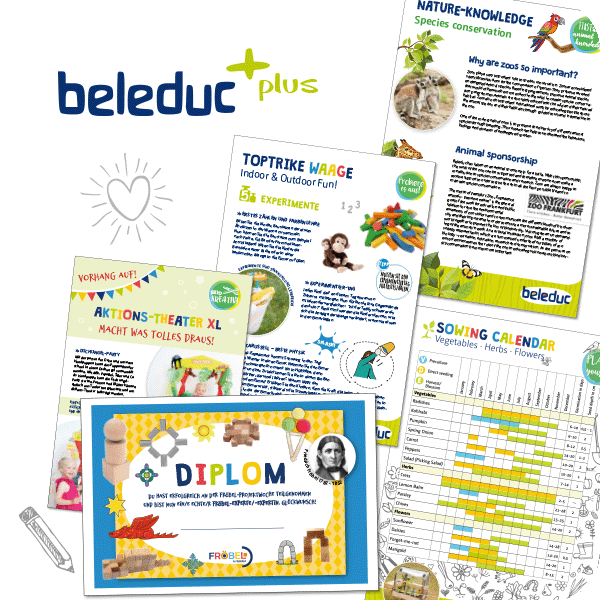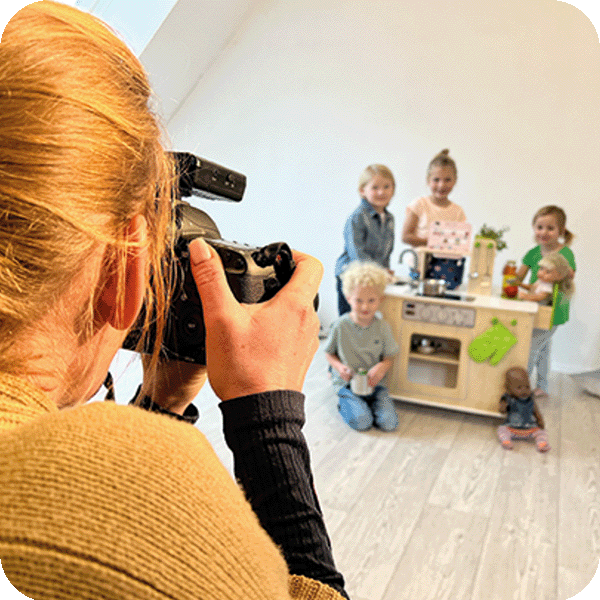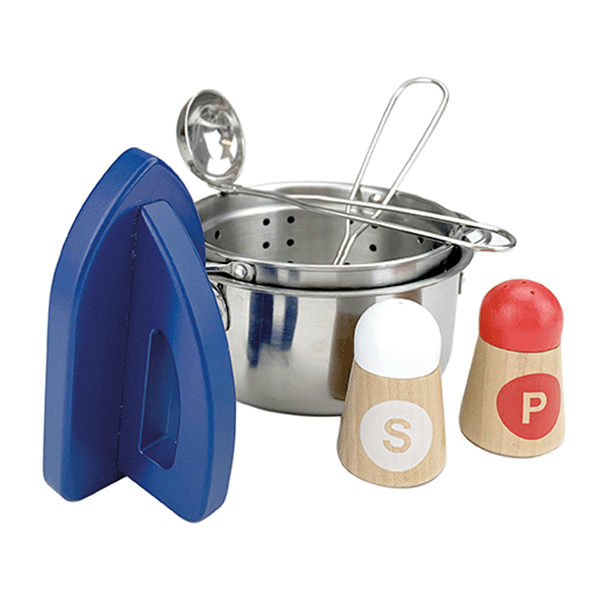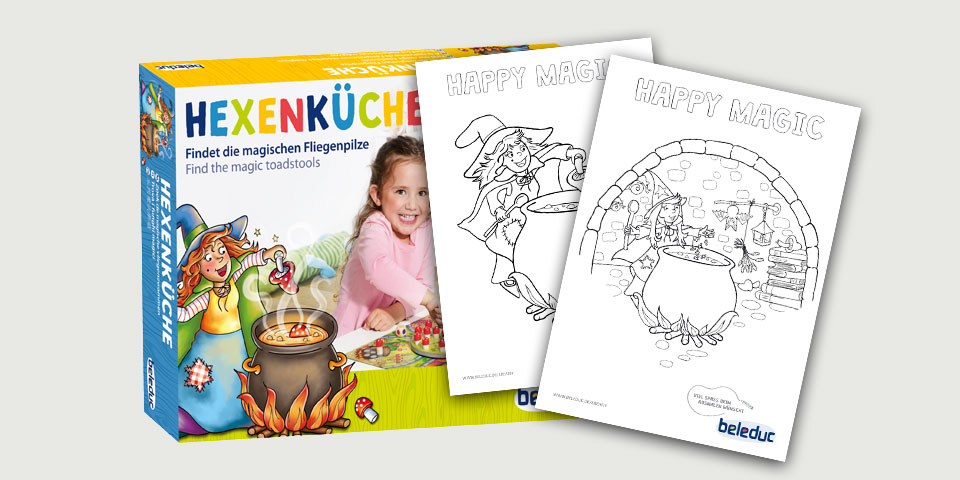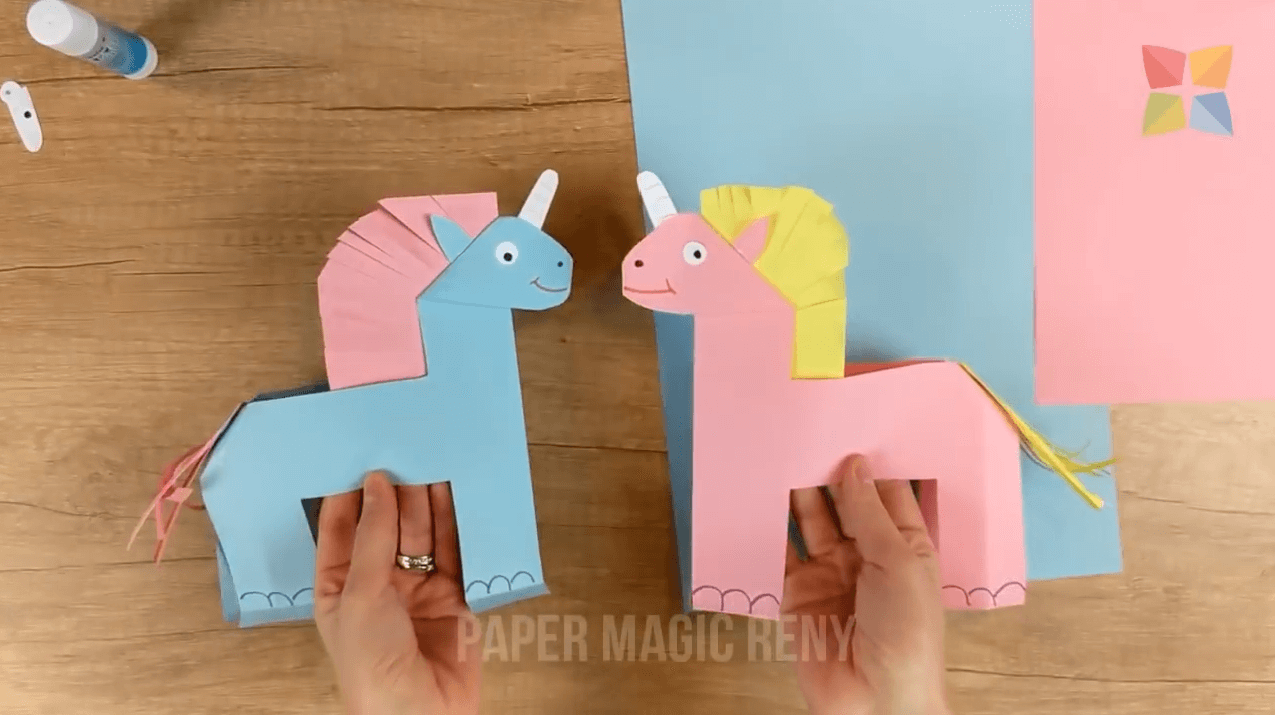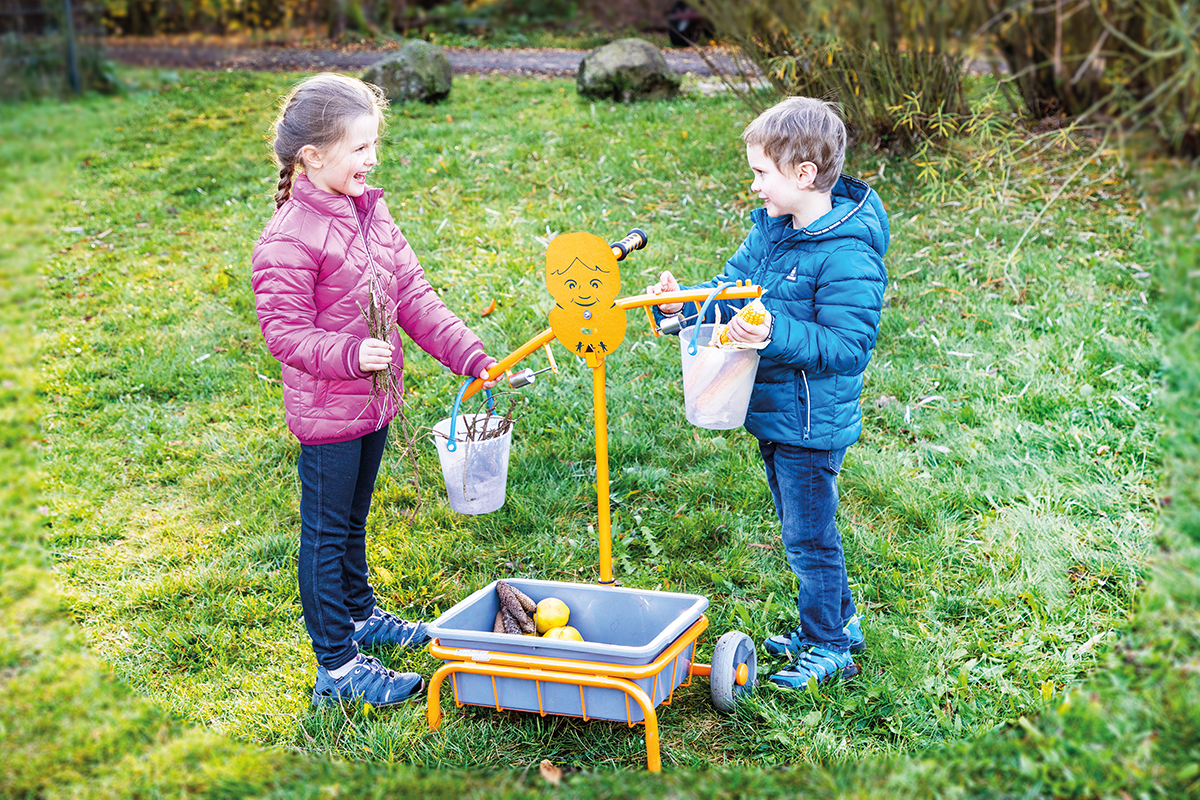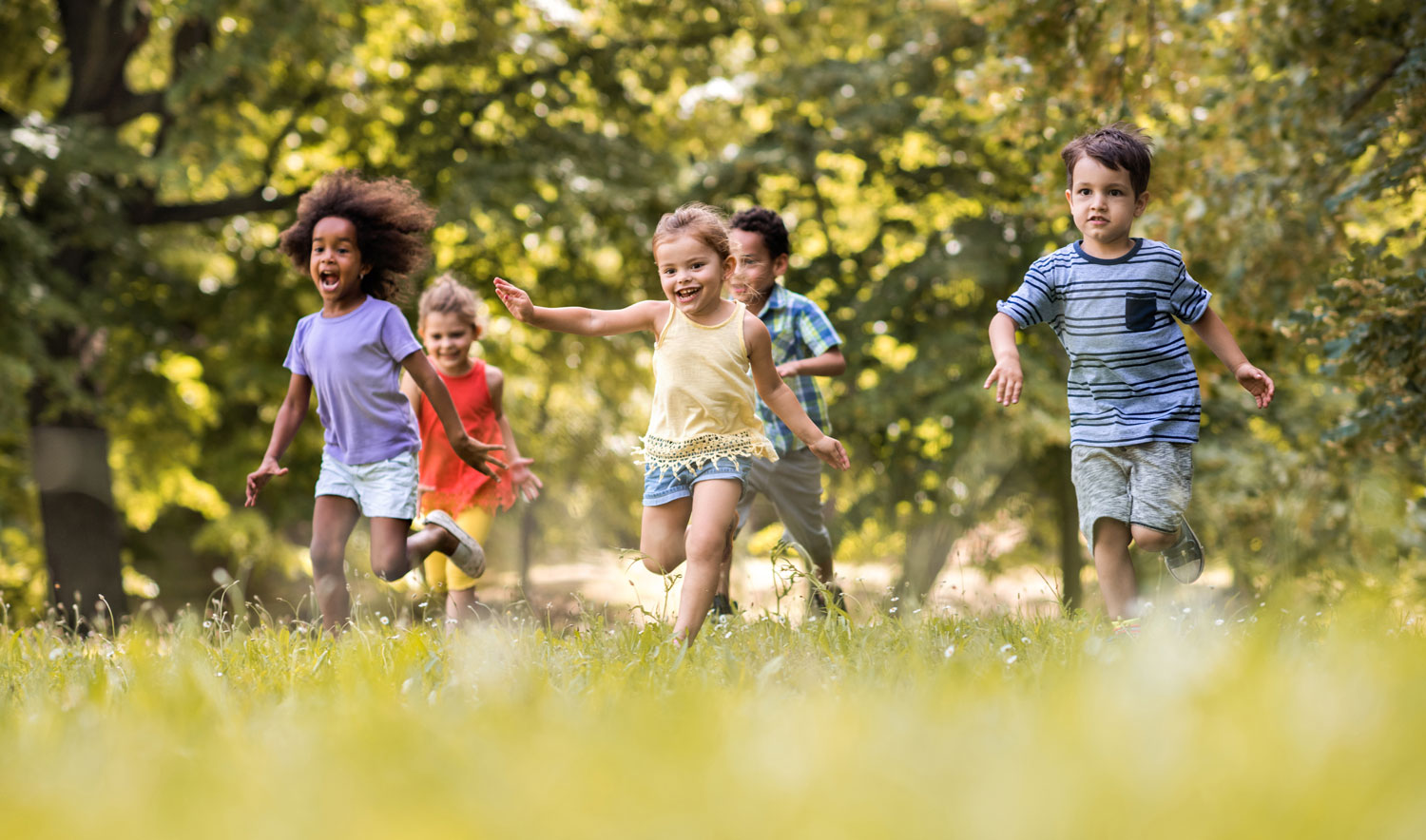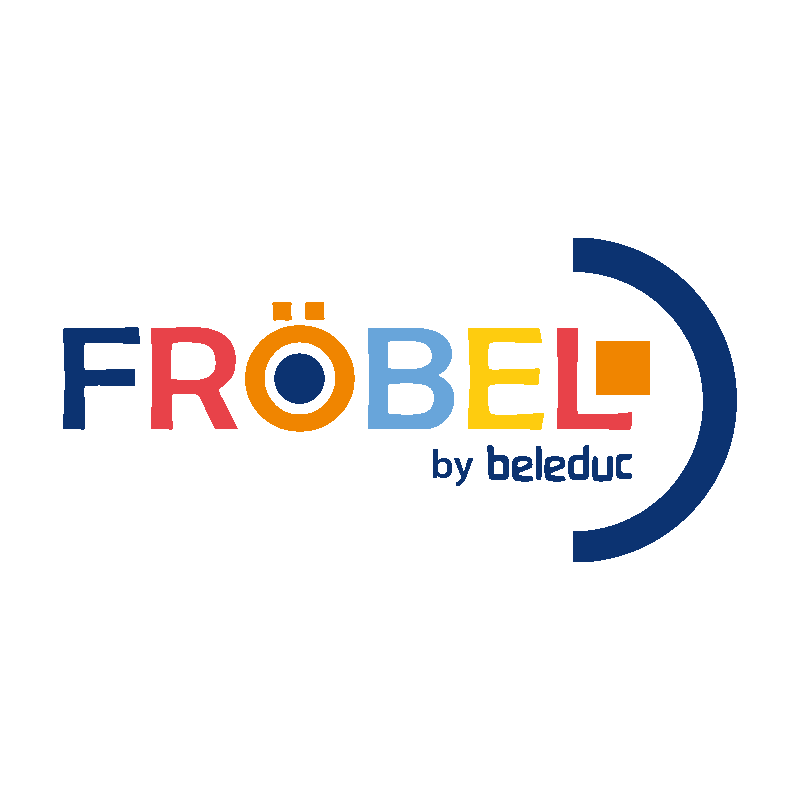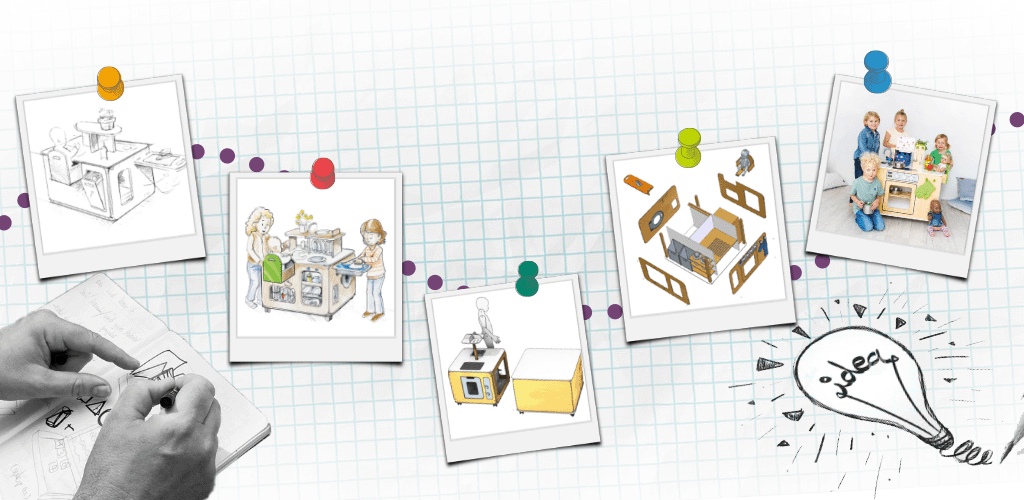
Product development by beleduc
The product development team at beleduc works with heart and soul, perseverance and a lot of attention to detail. Many large and small steps are necessary so that in the end a unique product is created. The prototype is tested and evaluated in test kindergartens by educators in terms of task and promotion criteria. At the end of the product development process, the product is ready for sale, which encourages our children to discover and learn through play.
Take a look at how we developed our "Household Center 4 in 1", for example.
Step 1: The idea - First scribbles
Every idea starts with research and observations: Observation of the target group, observation of trends and the market situation. From this extensive research and the experience of product management, sales and designers, a briefing emerges: What kind of product should be created? What are the requirements? Then it's time for brainstorming. Ideas are collected, discarded, discussed and often combined. Pedagogical support is provided here by our large network of experts from education and science. It helps that our designers create initial detailed scribbles. With these concept drafts, the later product can be imagined and worked out much better.
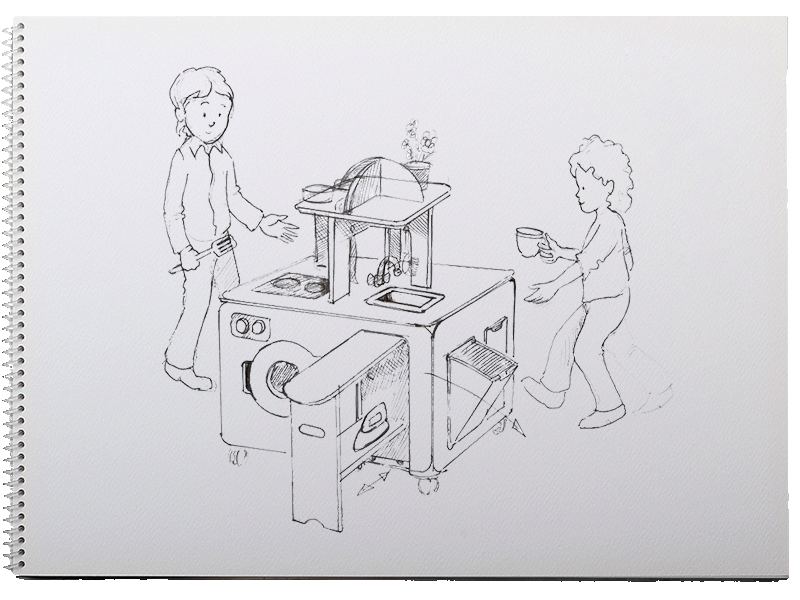

Ansgar Honkomp, Senior Designer beleduc
I always find it exciting to observe how children role-play everyday situations in the adult world and simultaneously process their own feelings and experiences. Playing in a group in particular trains social behavior and the ability to empathize. I'm pleased to see when one of our products can help promote these positive characteristics.
Step 2: Other designs and functionalities
We demand of our products that they have a high call-to-action character. To this end, they must be self-explanatory and attractive and not lose their appeal after a few minutes. In addition, each product has more than one possibility to be played with during development and still gives children enough freedom to live out their imagination. According to our motto: Children do not play to learn but learn because they play. The fun of playing is therefore always in the foreground. The implementation of these requirements is a balancing act. The right materials, pricing, packaging and shipping also play a major role. If we find that a basic idea becomes too complex and cannot be implemented for certain reasons, then we pull the ripcord.

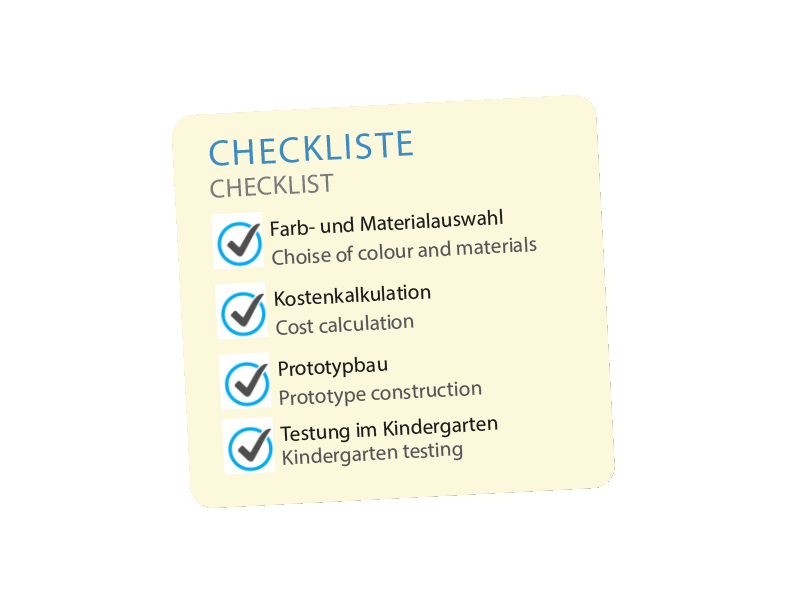
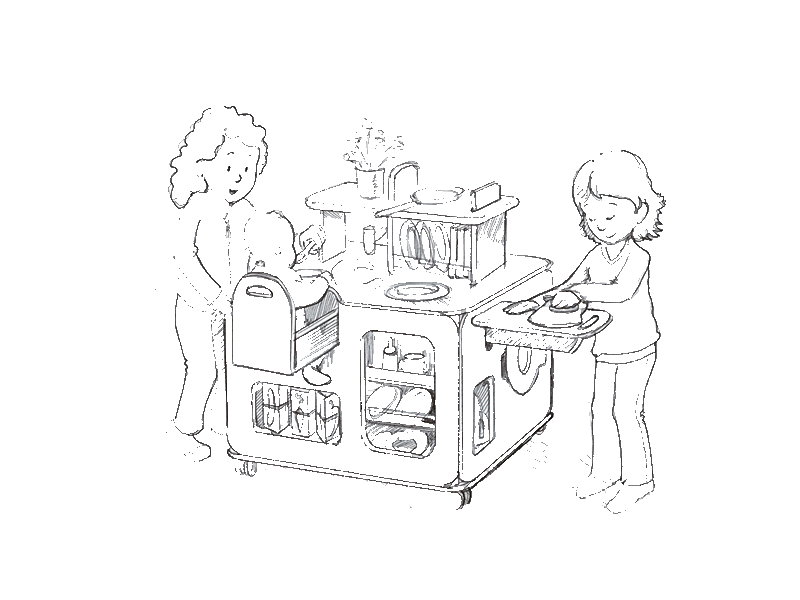
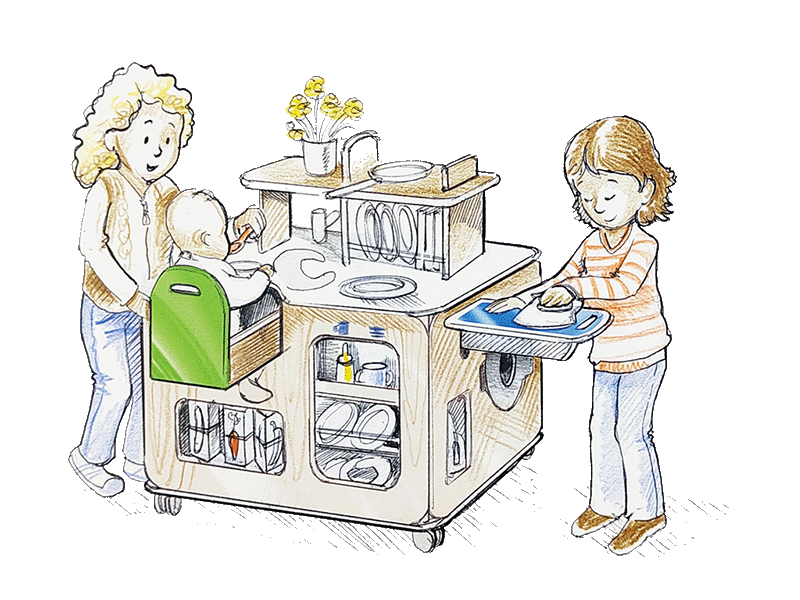
Step 3: - 3D drawing and proportions
It is not our hands that dictate the size of the products. Our products are made for children and therefore we have to work and test with children's sizes of the right age groups. The aspect of product safety also plays a major role here: Which parts or functionalities could cause risks and dangers and therefore need to be adapted? All of this must also be taken into account.
Subsequent packaging and labeling are also more important than ever these days. How many of the components fit into a package and are guidelines adhered to during transport? Our technical department monitors the whole thing in the background. In addition, we are always in consultation with production: What can actually be implemented and how, and how are the correct playing and assembly instructions developed.
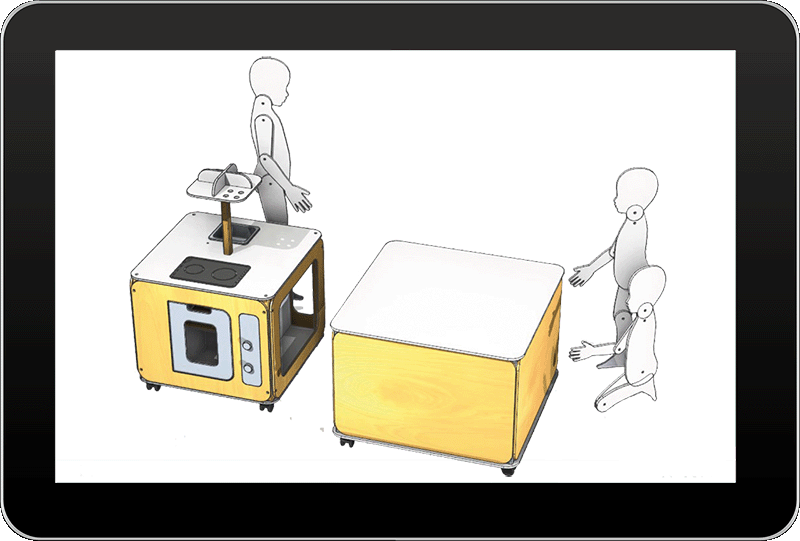
Step 4 - Technical drawing and dimensioning
WWe deliver to over 60 countries. This means that our products travel a long way on their way to the warehouse and the shelves and to subsequent facilities. To ensure that they arrive safely and in one piece everywhere, we have to find the best way to transport them. Adaptations are often necessary here in order to act in an environmentally conscious and sustainable manner. Thus, the topic of packaging and transport also plays a role in product development.
Our outdoor products must also be easy to assemble. The subsequent assembly of the products can have an impact on the design. But the most beautiful design is useless if it doesn't work in reality. That's why we make samples with which we can test the requirements, solve questions and errors. The more complex the products, the longer the development and testing phases.
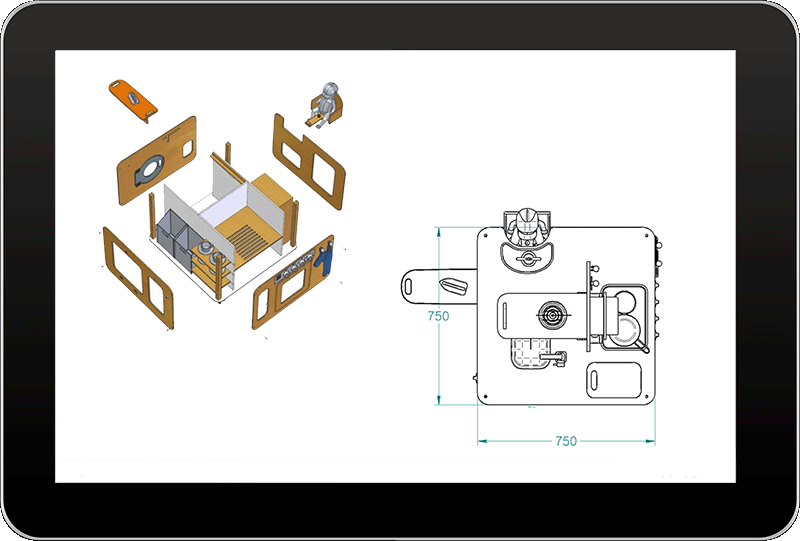
Step 5 - Final rendering
Visually, the final rendering is the last step. But to complete a project, there's much more to it than that for us: We have our products tested in nurseries so we can troubleshoot when problems arise during use. We test the assembly instructions. They must be written in such a way that no questions remain unanswered.
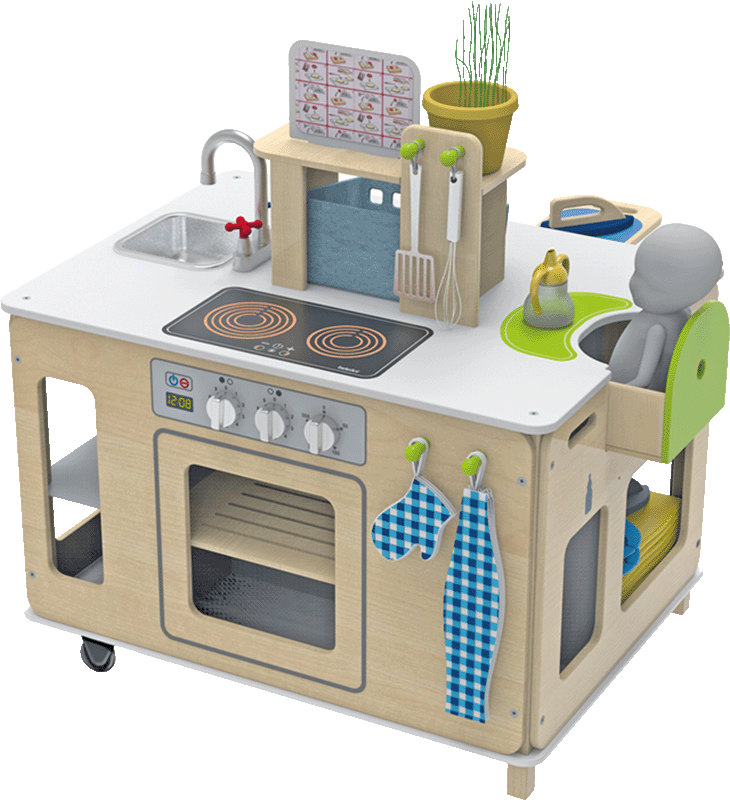
Our illustrators
To be able to present the products in the typical beleduc design, we work with great illustrators and designers who have internalized the beleduc DNA and can conjure up child-friendly images.
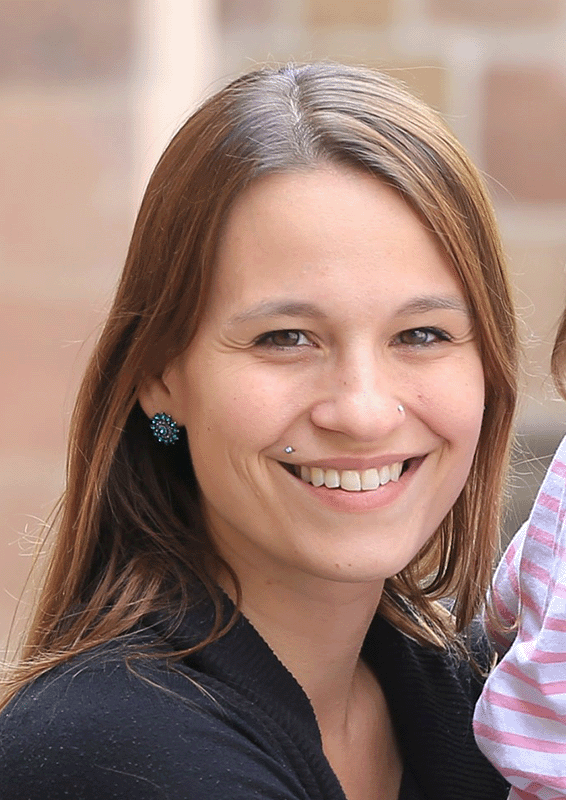
Corinna Arauner
Illustrator, Germany
It is exciting to illustrate instructions and recipes for children. These should be not only easy to understand, but also colourful and attractive. It's always nice to get into those little heads. I have a lot of fun putting it all this into practice.
